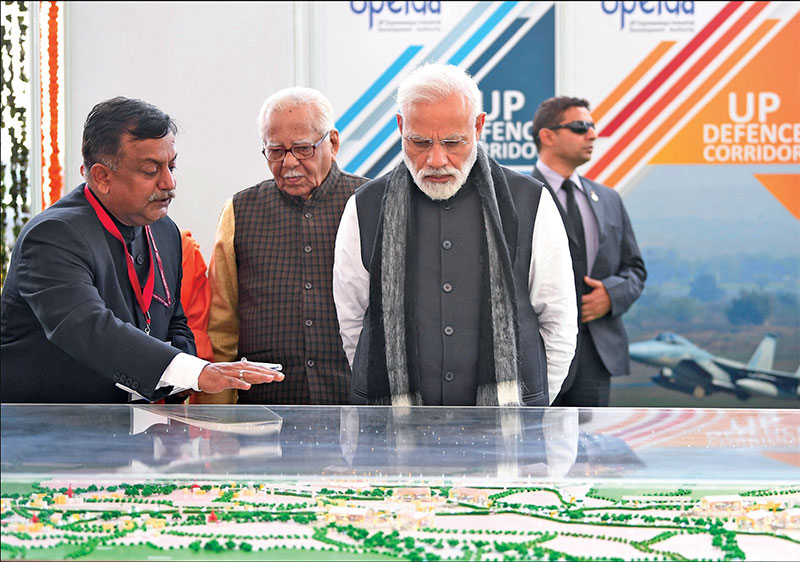Money Over Matter | One Block at a Time
 Maj. Gen. Mrinal Suman (retd)
Maj. Gen. Mrinal Suman (retd)
Chandrayaan 2 is on its way. The whole country is excited. Euphoria is quite palpable. Soft landing is scheduled for September 7. Despite gargantuan technological challenges, all Indians are confident of the mission’s success. By making India count amongst the top space powerhouse our scientists have done the country proud. They have demonstrated to the world that India possesses abundant potential to excel in any scientific pursuit, provided supportive environment is made available to them.
Quite paradoxically, our space laurels also remind us of our inability to develop and produce even rudimentary defence equipment for the armed forces. India has not been able to produce a rifle for the infantrymen. After seven decades of fruitless efforts, India had to seek Russian help to manufacture AK-203 Kalashnikov rifles. The factory is presently under construction at Amethi.
To be counted amongst the top importers of conventional weapons is a matter of acute discomfiture. The current government is seized of the ignominious state of affairs and has launched mission ‘Make in India’ to correct it. A number of major initiatives have since been taken to promote indigenous defence production and the results have shown encouraging results. As per the ministry of defence (MoD), defence production has grown from Rs 74,121 crore in the year 2016-17 to Rs 80,502 crore in 2018-19. The target set for the financial year 2019-20 is Rs 90,000 crore. Even the defence exports have grown from Rs 1,521 crore in 2016-17 to Rs 10,745 crore in 2018-19.
However, the above figures do not paint the true picture as the claimed indigenous production includes incorporation of sizeable quantity of imported sub-systems and components. Thus, our dependence on foreign manufacturers continues unabated and true self-reliance remains elusive. The government is fully cognisant of the above infirmity and is trying to address the underlying issues through various steps. FDI norms have since been liberalised. Validity of industrial license has been increased from three to 15 years with a provision for further extension. Offset threshold has been raised to Rs 2,000 crore, thereby freeing a large number of contracts from the encumbrances of offset obligations.

PM Narendra Modi during a visit to Jhansi for ground breaking of the defence corridor
Most of the proposals that were being processed for procurement from abroad have since been aborted. They are being reinitiated for manufacture in India. In a significant move, MoD has announced 23 fresh projects under ‘Make’ category. However, by far the most significant initiative of the government pertains to the establishment of two Defence Industrial Corridors to initiate a transformative revolution in the languid defence manufacturing sector of India.
Anatomy of a Defence Industrial Corridor
A defence industrial corridor refers to a route or a path along which manufacturing units of defence equipment are located for augmented efficiency and optimum output. Units include public sector entities, private sector companies and MSMEs. Due to close inter-se proximity, such corridors provide better connectivity and encourage development of centres of excellence for niche technologies. More importantly, an industrial corridor facilitates an open architecture allowing ‘plug and play’ to facilitate seamless incorporation of evolving technologies for defence systems. It provides an ecosystem that stimulates and nurtures an environment in which start-ups can thrive with due support from the government and the established players.
The location of a corridor is determined by assessing the potential of the area, taking into account the existing network of defence manufacturing units. An industrial corridor consists of a number of manufacturing hubs. These hubs are clusters of complementary industries that are located in functional geographic proximity. Unlike industrial-parks/ industrial-estates/ economic-zones, hubs are not located in a demarcated area. The
Subscribe To Force
Fuel Fearless Journalism with Your Yearly Subscription
SUBSCRIBE NOW
We don’t tell you how to do your job…
But we put the environment in which you do your job in perspective, so that when you step out you do so with the complete picture.








